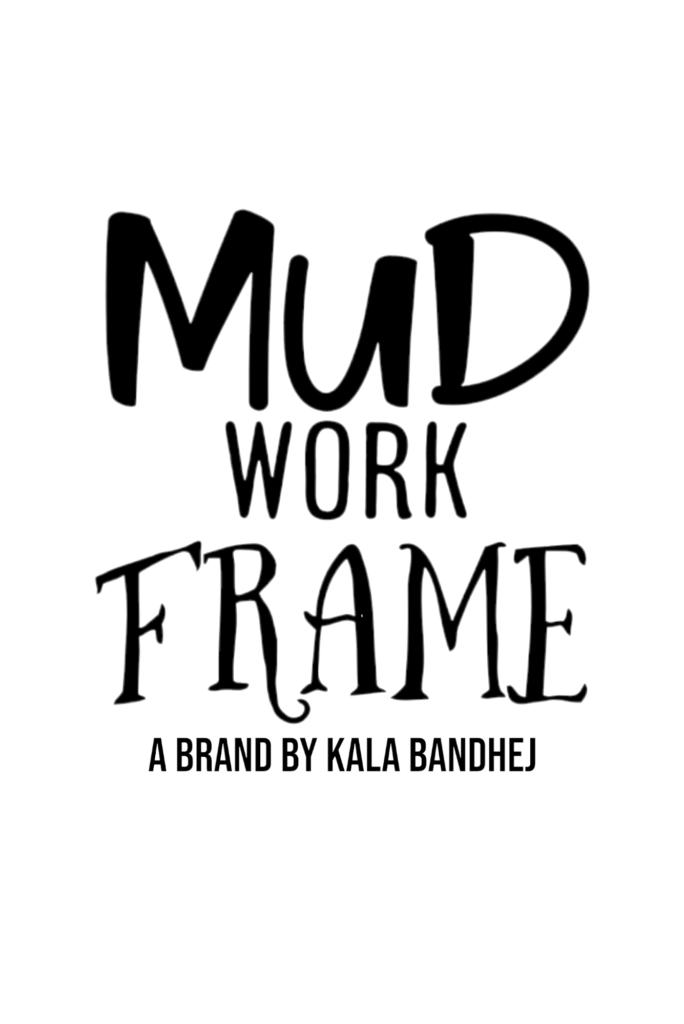- The development and transformation of mud work frame architecture throughout history have been a fascinating journey. This architectural style, which utilizes mud as a primary building material, has a rich history that dates back thousands of years. From ancient civilizations to modern times, mud work frame architecture has evolved and adapted to various cultural, environmental, and technological influences.
- In ancient times, mud work frame architecture was prevalent in regions with abundant clay and mud resources. Civilizations such as the Mesopotamians, Egyptians, and Indus Valley people utilized mud as a key component in their construction techniques. These early architects discovered that by mixing mud with other materials like straw or animal dung, they could create a durable and versatile building material. Mud bricks were formed and used to construct walls, floors, and even entire structures.
- Over time, mud work frame architecture has undergone significant changes due to advancements in construction techniques and materials. With the advent of new technologies and the availability of alternative building materials, the use of mud in architecture declined in many regions. However, in recent years, there has been a resurgence of interest in mud work frame architecture due to its sustainable and eco-friendly nature. Architects and designers are now exploring innovative ways to incorporate mud into contemporary designs, combining traditional techniques with modern aesthetics. This revival not only pays homage to the historical significance of mud work frame architecture but also offers a sustainable solution for the future of construction.
-

Clock Round 18 X 18 Mud Work Frame Lippan Art Hand Made Watch
Sale! Original price was: ₹8,500.00.₹4,200.00Current price is: ₹4,200.00. Add to basket -
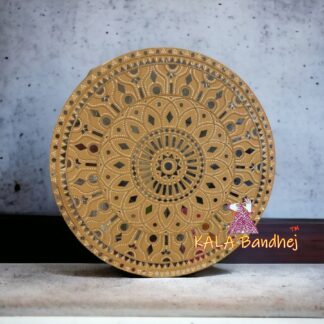
Round 30 X 30 Mud Work Frame Lippan Art Hand Made Big Wall Frame
Sale! Original price was: ₹16,500.00.₹8,500.00Current price is: ₹8,500.00. Add to basket -
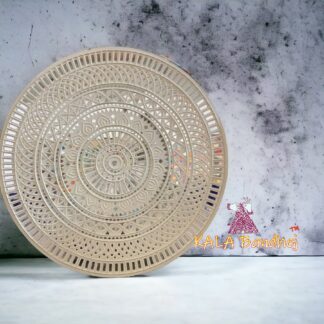
Round 36 X 36 Mud Work Frame Lippan Art Hand Made Big Wall Frame
Sale! Original price was: ₹25,500.00.₹15,500.00Current price is: ₹15,500.00. Add to basket -

Round 30 X 30 Mud Work Frame Lippan Art Hand Made Big Wall Frame
Sale! Original price was: ₹16,500.00.₹8,500.00Current price is: ₹8,500.00. Add to basket -

Rectangle 36 X 24 Mud Work Frame Lippan Art Hand Made Big Wall Frame
Sale! Original price was: ₹18,500.00.₹9,500.00Current price is: ₹9,500.00. Add to basket -

Hexagon 36 X 36 Mud Work Frame Lippan Art Hand Made Big Wall Frame
Sale! Original price was: ₹25,000.00.₹16,500.00Current price is: ₹16,500.00. Add to basket -

Square 6 X 6 Mud Work Frame Lippan Art Hand Made 28
Sale! Original price was: ₹2,500.00.₹790.00Current price is: ₹790.00. Add to basket -
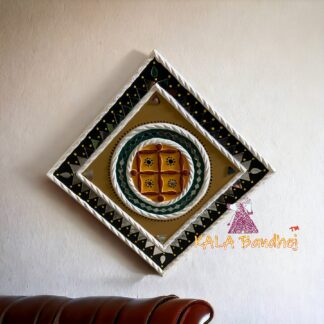
Square 6 X 6 Mud Work Frame Lippan Art Hand Made 31
Sale! Original price was: ₹2,500.00.₹790.00Current price is: ₹790.00. Add to basket -
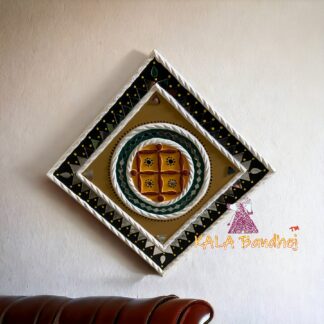
Square 6 X 6 Mud Work Frame Lippan Art Hand Made 32
Sale! Original price was: ₹2,500.00.₹790.00Current price is: ₹790.00. Add to basket -

Square 6 X 6 Mud Work Frame Lippan Art Hand Made 25
Sale! Original price was: ₹2,500.00.₹790.00Current price is: ₹790.00. Add to basket -

Square 6 X 6 Mud Work Frame Lippan Art Hand Made 22
Sale! Original price was: ₹2,500.00.₹790.00Current price is: ₹790.00. Add to basket -

Square 6 X 6 Mud Work Frame Lippan Art Hand Made 26
Sale! Original price was: ₹2,500.00.₹790.00Current price is: ₹790.00. Add to basket -

Square 6 X 6 Mud Work Frame Lippan Art Hand Made 18
Sale! Original price was: ₹2,500.00.₹790.00Current price is: ₹790.00. Add to basket -

Square 12 X 12 Mud Work Frame Lippan Art Hand Made 27
Sale! Original price was: ₹3,500.00.₹1,650.00Current price is: ₹1,650.00. Add to basket -

Square 12 X 12 Mud Work Frame Lippan Art Hand Made 28
Sale! Original price was: ₹3,500.00.₹1,650.00Current price is: ₹1,650.00. Add to basket -
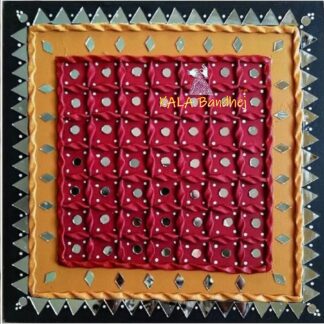
Square 12 X 12 Mud Work Frame Lippan Art Hand Made 19
Sale! Original price was: ₹3,500.00.₹1,650.00Current price is: ₹1,650.00. Add to basket -

Square 12 X 12 Mud Work Frame Lippan Art Hand Made 20
Sale! Original price was: ₹3,500.00.₹1,650.00Current price is: ₹1,650.00. Add to basket -

Circle 12 X 12 Mud Work Frame Lippan Art Hand Made 11
Sale! Original price was: ₹3,500.00.₹1,650.00Current price is: ₹1,650.00. Add to basket -

Circle 12 X 12 Mud Work Frame Lippan Art Hand Made 09
Sale! Original price was: ₹3,500.00.₹1,650.00Current price is: ₹1,650.00. Add to basket -

Square 12 X 12 Mud Work Frame Lippan Art Hand Made 15
Sale! Original price was: ₹3,500.00.₹1,650.00Current price is: ₹1,650.00. Add to basket -

Square 12 X 12 Mud Work Frame Lippan Art Hand Made 17
Sale! Original price was: ₹3,500.00.₹1,650.00Current price is: ₹1,650.00. Add to basket -

Square 12 X 12 Mud Work Frame Lippan Art Hand Made 09
Sale! Original price was: ₹3,500.00.₹1,650.00Current price is: ₹1,650.00. Add to basket -

Square 12 X 12 Mud Work Frame Lippan Art Hand Made 04
Sale! Original price was: ₹3,500.00.₹1,650.00Current price is: ₹1,650.00. Add to basket -

Square 12 X 12 Mud Work Frame Lippan Art Hand Made 05
Sale! Original price was: ₹3,500.00.₹1,650.00Current price is: ₹1,650.00. Add to basket -
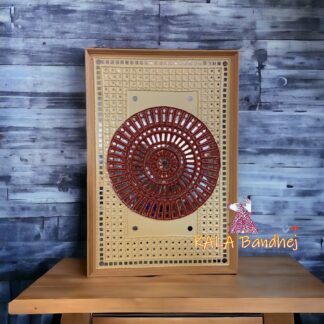
Rectangle 36 X 24 Mud Work Frame Lippan Art Hand Made Big Wall Frame
Sale! Original price was: ₹18,500.00.₹9,500.00Current price is: ₹9,500.00. Add to basket -

Rectangle 36 X 24 Mud Work Frame Lippan Art Hand Made Big Wall Frame
Sale! Original price was: ₹18,500.00.₹9,500.00Current price is: ₹9,500.00. Add to basket -

Square 6 X 6 Mud Work Frame Lippan Art Hand Made Combo Of 12
Sale! Original price was: ₹15,000.00.₹7,200.00Current price is: ₹7,200.00. Add to basket -

Square 6 X 6 Mud Work Frame Lippan Art Hand Made Combo Of 4
Sale! Original price was: ₹6,500.00.₹2,600.00Current price is: ₹2,600.00. Add to basket -

Square 6 X 6 Mud Work Frame Lippan Art Hand Made Combo Of 4
Sale! Original price was: ₹6,500.00.₹2,600.00Current price is: ₹2,600.00. Add to basket -
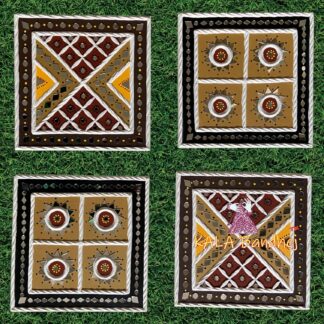
Square 6 X 6 Mud Work Frame Lippan Art Hand Made Combo Of 4
Sale! Original price was: ₹6,500.00.₹2,600.00Current price is: ₹2,600.00. Add to basket -

Square 6 X 6 Mud Work Frame Lippan Art Hand Made Combo Of 4
Sale! Original price was: ₹6,500.00.₹2,600.00Current price is: ₹2,600.00. Add to basket -
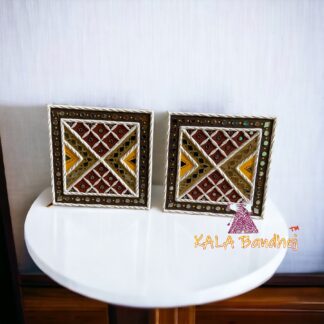
Square 6 X 6 Mud Work Frame Lippan Art Hand Made Combo Of 2
Sale! Original price was: ₹2,500.00.₹1,400.00Current price is: ₹1,400.00. Add to basket -

Square 6 X 6 Mud Work Frame Lippan Art Hand Made 33
Sale! Original price was: ₹2,500.00.₹790.00Current price is: ₹790.00. Add to basket -

Square 6 X 6 Mud Work Frame Lippan Art Hand Made 30
Sale! Original price was: ₹2,500.00.₹790.00Current price is: ₹790.00. Add to basket -

Square 6 X 6 Mud Work Frame Lippan Art Hand Made 29
Sale! Original price was: ₹2,500.00.₹790.00Current price is: ₹790.00. Add to basket -

Square 6 X 6 Mud Work Frame Lippan Art Hand Made 27
Sale! Original price was: ₹2,500.00.₹790.00Current price is: ₹790.00. Add to basket -

Square 6 X 6 Mud Work Frame Lippan Art Hand Made 24
Sale! Original price was: ₹2,500.00.₹790.00Current price is: ₹790.00. Add to basket -

Square 6 X 6 Mud Work Frame Lippan Art Hand Made 23
Sale! Original price was: ₹2,500.00.₹790.00Current price is: ₹790.00. Add to basket -

Square 6 X 6 Mud Work Frame Lippan Art Hand Made 21
Sale! Original price was: ₹2,500.00.₹790.00Current price is: ₹790.00. Add to basket -

Square 6 X 6 Mud Work Frame Lippan Art Hand Made 20
Sale! Original price was: ₹2,500.00.₹790.00Current price is: ₹790.00. Add to basket -
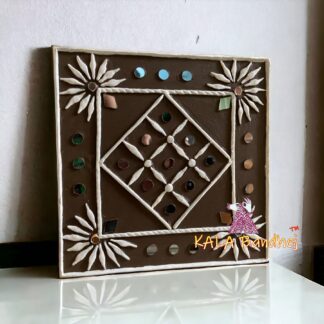
Square 6 X 6 Mud Work Frame Lippan Art Hand Made 19
Sale! Original price was: ₹2,500.00.₹790.00Current price is: ₹790.00. Add to basket -
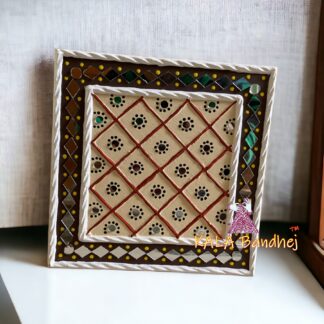
Square 6 X 6 Mud Work Frame Lippan Art Hand Made 17
Sale! Original price was: ₹2,500.00.₹790.00Current price is: ₹790.00. Add to basket -

Square 6 X 6 Mud Work Frame Lippan Art Hand Made 16
Sale! Original price was: ₹2,500.00.₹790.00Current price is: ₹790.00. Add to basket -

Square 6 X 6 Mud Work Frame Lippan Art Hand Made 15
Sale! Original price was: ₹2,500.00.₹790.00Current price is: ₹790.00. Add to basket -

Square 6 X 6 Mud Work Frame Lippan Art Hand Made 14
Sale! Original price was: ₹2,500.00.₹790.00Current price is: ₹790.00. Add to basket -

Square 6 X 6 Mud Work Frame Lippan Art Hand Made 13
Sale! Original price was: ₹2,500.00.₹790.00Current price is: ₹790.00. Add to basket -

Square 6 X 6 Mud Work Frame Lippan Art Hand Made 12
Sale! Original price was: ₹2,500.00.₹790.00Current price is: ₹790.00. Add to basket -

Square 6 X 6 Mud Work Frame Lippan Art Hand Made 11
Sale! Original price was: ₹2,500.00.₹790.00Current price is: ₹790.00. Add to basket -

Square 6 X 6 Mud Work Frame Lippan Art Hand Made 10
Sale! Original price was: ₹2,500.00.₹790.00Current price is: ₹790.00. Add to basket -

Square 6 X 6 Mud Work Frame Lippan Art Hand Made 09
Sale! Original price was: ₹2,500.00.₹790.00Current price is: ₹790.00. Add to basket -

Square 6 X 6 Mud Work Frame Lippan Art Hand Made 08
Sale! Original price was: ₹2,500.00.₹790.00Current price is: ₹790.00. Add to basket -

Square 6 X 6 Mud Work Frame Lippan Art Hand Made 07
Sale! Original price was: ₹2,500.00.₹790.00Current price is: ₹790.00. Add to basket -

Square 6 X 6 Mud Work Frame Lippan Art Hand Made 06
Sale! Original price was: ₹2,500.00.₹790.00Current price is: ₹790.00. Add to basket -

Square 6 X 6 Mud Work Frame Lippan Art Hand Made 05
Sale! Original price was: ₹2,500.00.₹790.00Current price is: ₹790.00. Add to basket -

Square 6 X 6 Mud Work Frame Lippan Art Hand Made 04
Sale! Original price was: ₹2,500.00.₹790.00Current price is: ₹790.00. Add to basket -

Square 6 X 6 Mud Work Frame Lippan Art Hand Made 03
Sale! Original price was: ₹2,500.00.₹790.00Current price is: ₹790.00. Add to basket -
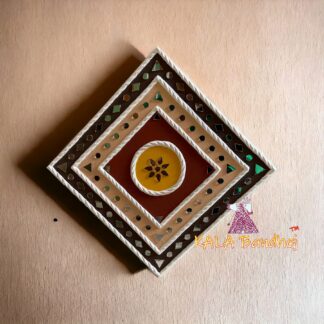
Square 6 X 6 Mud Work Frame Lippan Art Hand Made 02
Sale! Original price was: ₹2,500.00.₹790.00Current price is: ₹790.00. Add to basket -
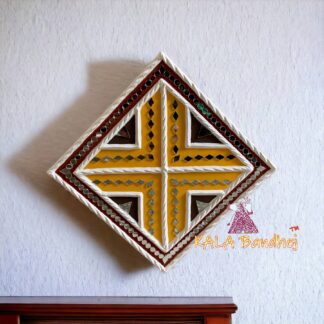
Square 6 X 6 Mud Work Frame Lippan Art Hand Made 01
Sale! Original price was: ₹2,500.00.₹790.00Current price is: ₹790.00. Add to basket -

Square 12 X 12 Mud Work Frame Lippan Art Hand Made 26
Sale! Original price was: ₹3,500.00.₹1,650.00Current price is: ₹1,650.00. Add to basket -

Square 12 X 12 Mud Work Frame Lippan Art Hand Made 25
Sale! Original price was: ₹3,500.00.₹1,650.00Current price is: ₹1,650.00. Add to basket -

Square 12 X 12 Mud Work Frame Lippan Art Hand Made 24
Sale! Original price was: ₹3,500.00.₹1,650.00Current price is: ₹1,650.00. Add to basket -

Square 12 X 12 Mud Work Frame Lippan Art Hand Made 23
Sale! Original price was: ₹3,500.00.₹1,650.00Current price is: ₹1,650.00. Add to basket -

Square 12 X 12 Mud Work Frame Lippan Art Hand Made 22
Sale! Original price was: ₹3,500.00.₹1,650.00Current price is: ₹1,650.00. Add to basket -

Square 12 X 12 Mud Work Frame Lippan Art Hand Made 21
Sale! Original price was: ₹3,500.00.₹1,650.00Current price is: ₹1,650.00. Add to basket -

Square 12 X 12 Mud Work Frame Lippan Art Hand Made 18
Sale! Original price was: ₹3,500.00.₹1,650.00Current price is: ₹1,650.00. Add to basket -

Circle 12 X 12 Mud Work Frame Lippan Art Hand Made 15
Sale! Original price was: ₹3,500.00.₹1,650.00Current price is: ₹1,650.00. Add to basket -

Circle 12 X 12 Mud Work Frame Lippan Art Hand Made 13
Sale! Original price was: ₹3,500.00.₹1,650.00Current price is: ₹1,650.00. Add to basket -

Circle 12 X 12 Mud Work Frame Lippan Art Hand Made 12
Sale! Original price was: ₹3,500.00.₹1,650.00Current price is: ₹1,650.00. Add to basket -

Circle 12 X 12 Mud Work Frame Lippan Art Hand Made 10
Sale! Original price was: ₹3,500.00.₹1,650.00Current price is: ₹1,650.00. Add to basket -

Circle 12 X 12 Mud Work Frame Lippan Art Hand Made 08
Sale! Original price was: ₹3,500.00.₹1,650.00Current price is: ₹1,650.00. Add to basket -

Circle 12 X 12 Mud Work Frame Lippan Art Hand Made 07
Sale! Original price was: ₹3,500.00.₹1,650.00Current price is: ₹1,650.00. Add to basket -

Circle 12 X 12 Mud Work Frame Lippan Art Hand Made 06
Sale! Original price was: ₹3,500.00.₹1,650.00Current price is: ₹1,650.00. Add to basket -

Circle 12 X 12 Mud Work Frame Lippan Art Hand Made 05
Sale! Original price was: ₹3,500.00.₹1,650.00Current price is: ₹1,650.00. Add to basket -

Circle 12 X 12 Mud Work Frame Lippan Art Hand Made 04
Sale! Original price was: ₹3,500.00.₹1,650.00Current price is: ₹1,650.00. Add to basket -

Circle 12 X 12 Mud Work Frame Lippan Art Hand Made 03
Sale! Original price was: ₹3,500.00.₹1,650.00Current price is: ₹1,650.00. Add to basket -

Circle 12 X 12 Mud Work Frame Lippan Art Hand Made 02
Sale! Original price was: ₹3,500.00.₹1,650.00Current price is: ₹1,650.00. Add to basket -

Circle 12 X 12 Mud Work Frame Lippan Art Hand Made 01
Sale! Original price was: ₹3,500.00.₹1,650.00Current price is: ₹1,650.00. Add to basket -

Square 12 X 12 Mud Work Frame Lippan Art Hand Made 16
Sale! Original price was: ₹3,500.00.₹1,650.00Current price is: ₹1,650.00. Add to basket -

Square 12 X 12 Mud Work Frame Lippan Art Hand Made 14
Sale! Original price was: ₹3,500.00.₹1,650.00Current price is: ₹1,650.00. Add to basket -
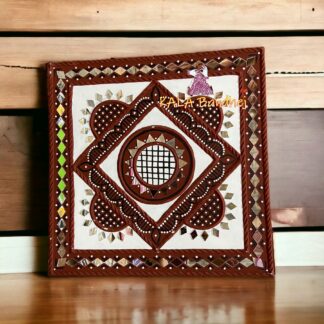
Square 12 X 12 Mud Work Frame Lippan Art Hand Made 13
Sale! Original price was: ₹3,500.00.₹1,650.00Current price is: ₹1,650.00. Add to basket -

Square 12 X 12 Mud Work Frame Lippan Art Hand Made 12
Sale! Original price was: ₹3,500.00.₹1,650.00Current price is: ₹1,650.00. Add to basket -

Square 12 X 12 Mud Work Frame Lippan Art Hand Made 11
Sale! Original price was: ₹3,500.00.₹1,650.00Current price is: ₹1,650.00. Add to basket -

Square 12 X 12 Mud Work Frame Lippan Art Hand Made 10
Sale! Original price was: ₹3,500.00.₹1,650.00Current price is: ₹1,650.00. Add to basket -

Square 12 X 12 Mud Work Frame Lippan Art Hand Made 08
Sale! Original price was: ₹3,500.00.₹1,650.00Current price is: ₹1,650.00. Add to basket -

Square 12 X 12 Mud Work Frame Lippan Art Hand Made 07
Sale! Original price was: ₹3,500.00.₹1,650.00Current price is: ₹1,650.00. Add to basket -

Square 12 X 12 Mud Work Frame Lippan Art Hand Made 06
Sale! Original price was: ₹3,500.00.₹1,650.00Current price is: ₹1,650.00. Add to basket -

Square 12 X 12 Mud Work Frame Lippan Art Hand Made 03
Sale! Original price was: ₹3,500.00.₹1,650.00Current price is: ₹1,650.00. Add to basket -

Square 12 X 12 Mud Work Frame Lippan Art Hand Made 02
Sale! Original price was: ₹3,500.00.₹1,650.00Current price is: ₹1,650.00. Add to basket -

Square 12 X 12 Mud Work Frame Lippan Art Hand Made 01
Sale! Original price was: ₹3,500.00.₹1,650.00Current price is: ₹1,650.00. Add to basket
